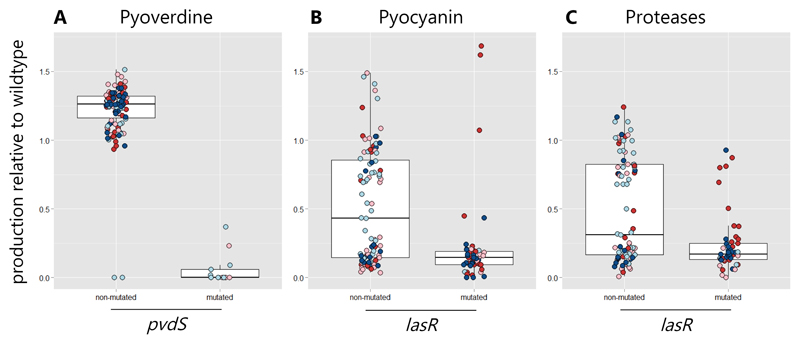Figure 5. Mutations in key regulatory genes underlie the loss of virulence factor production.
Across the 140 sequenced clones, there was an accumulation of mutations in two regulatory genes (pvdS and lasR), which significantly correlated with the phenotypic changes observed for pyoverdine (A), pyocyanin (B) and protease (C) production. pvdS encodes the iron starvation sigma factor and all clones with mutations in this gene or its promoter showed significantly impaired pyoverdine production. lasR encodes the regulator of the Las-quorum-sensing system, which directly controls the expression of several proteases. All clones with lasR mutations showed reduced protease production. The LasR regulator also has downstream effects on the Rhl- and PQS quorum-sensing systems, which control pyocyanin production. Consistent with this view, most clones with lasR mutations (93.8 %) showed decreased pyocyanin production. Although the genotype-phenotype match was nearly perfect for mutated clones, a considerable amount of clones also showed altered phenotypes without mutations in these two regulators, suggesting that some of the phenotypic changes are caused by mutations in yet unidentified loci.

